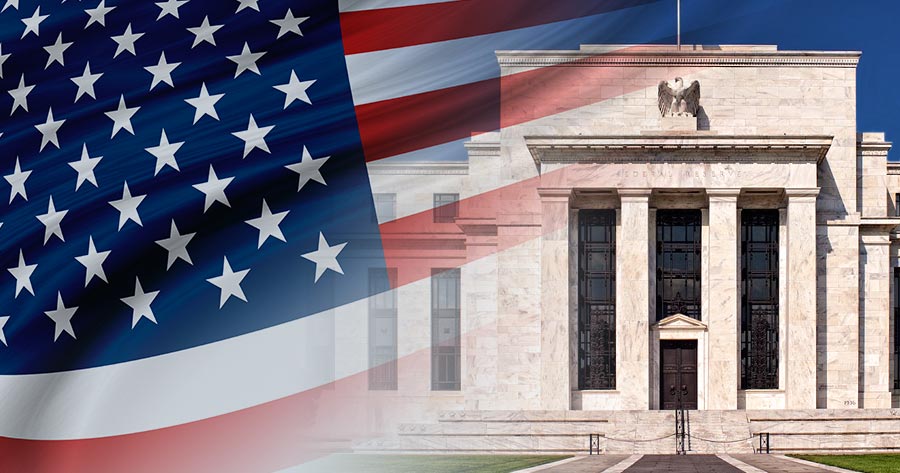Last night (19 Oct), US Federal Reserve Chairman, Jerome Powell, spoke at The Economic Club of New York. He mentioned that the US economy is very resilient as the data already proven after the pandemic. However, he doesn’t know how much or how long the policy rate should be.
His mention of the “Higher for Longer” again, dropped the US stock markets as both Dow Jones Industrial Average, NASDAQ and S&P 500 plunged by over 0.7% to 33,414.17, 13186.16 and 4,278, respectively. The Nvidia stock (NASDAQ: NVDA) got hit the most as it went down by 4% for three-days straight.
The Fed chair commented that the US economy is acceptable to the high interest rate, as he cited the high demand causing a strong job market that he has never seen under 4% unemployment since the 1960s, together with the two job-openings for each job seeker as the economy recovered after the pandemic.
On the other hand, the housing market, durable goods spending and the strong US dollar exchange rate, are showing the disinflationary effect from rate hike that he wants to see. But when asked for how long, he said ”he doesn’t know”. As to the question of how high the long-run natural interest rate would be, the Fed’s chair said that it would be a research field for at least another 20 years, as most of the time the monetary policy effect was lagging several months or even a year.
Powell also commented on the long-term bond market that there’s many unknown factors that affect the bond yields, which could be the US economy, the relationship between bond and equity and also the US government deficit. However, the Fed chair said it was not from inflation and interest rate expectation.
The explanation of the chairman was quite contrary to what the market had been understanding so far on the correlation of bond yields and interest rates.
US Treasury yields have been surging from the rate-hike cycle after the pandemic which attracts money savers that seek the highest and safest possible rate as they are the inflows to the US bonds and currency amid long-term uncertainties from the world economy and conflicts. As for the current treasury yield, all of them exceeded 5% but left only the 10-year yield that stood around 4.944%.


